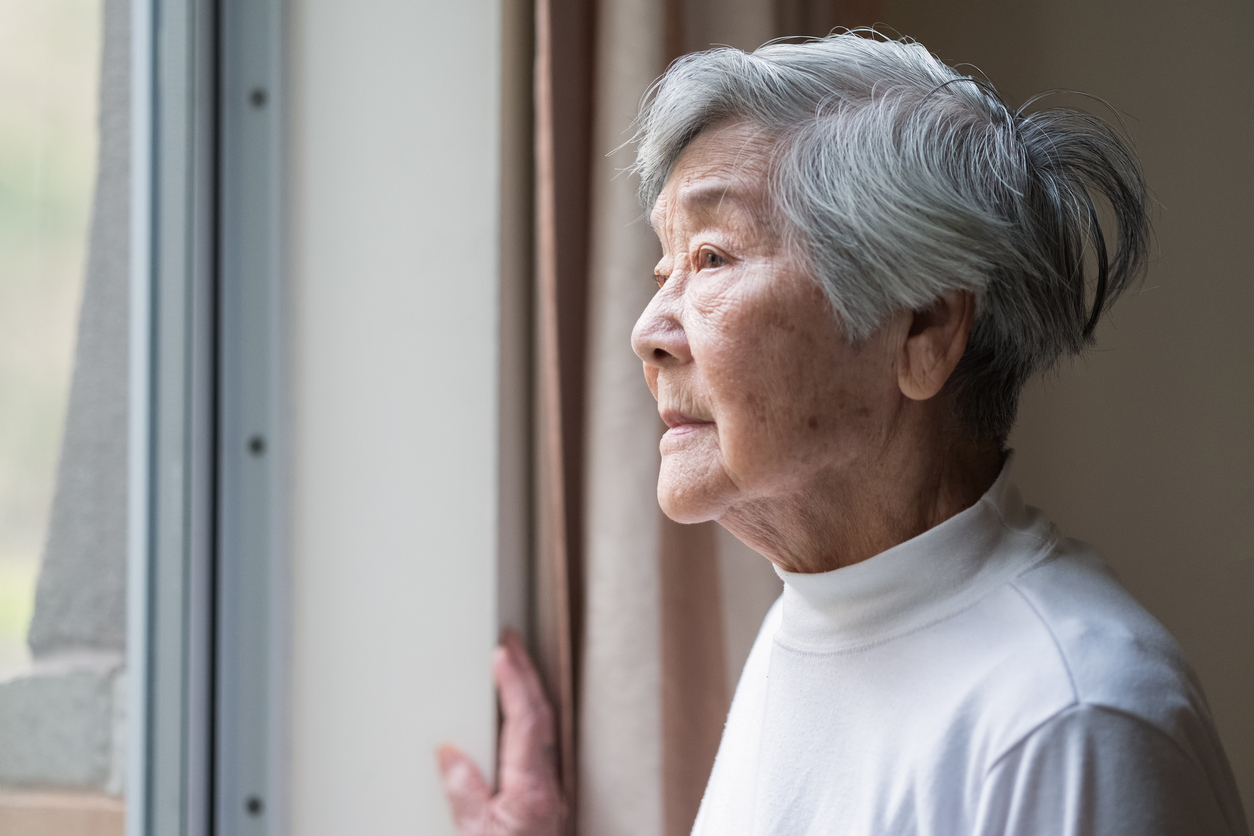In an effort to protect patients from the COVID-19 virus, many long-term care facilities have had to reduce their nursing staff drastically. Consequently, nurses find themselves in the difficult position of having to care for more patients and work for much longer periods. This has had many negative effects on nursing care, the most significant of which are the increased risk of patient injury and higher hospitalization rates.
In addition, nurses are also experiencing more work-related pressure and increased difficulty in managing their work schedules. This, in turn, has impacted nursing home insurance, with more and more facilities requiring coverage for the increased exposure risks that staff now face.
The impact of COVID-19 on nursing homes
The widespread shortage of nurses has caused major changes in the industry, the full impact of which has yet to be seen. Nurses have always been in short supply in many sectors of the medical care industry, but the personnel cutbacks we are now seeing across the board have been unprecedented.
Nurses at most long-term care facilities now have little choice but to work harder and longer hours than they’ve ever had to before. Even with nursing homes limiting the number of hours that nurses can remain at work, many still find it extremely difficult to cope.
Just how serious is the problem? In many nursing homes, the staff is often required to work 12-hour days without any breaks. Some are even required to work through the night on their next shifts.
As expected, this has adversely affected nursing home residents, as well. It is becoming apparent that there is a direct link between the decrease in nursing staff and the rise in health issues among residents. These challenges are further compounded by the fact that nurses are under increased pressure to provide better care to nursing home residents.
How patients are affected by the pandemic
A study published by BioMed Research International revealed that as many as 400 COVID-19 patients at 15 long-term care facilities were almost totally isolated from other residents. Alarmingly, some patients did not receive any medical care for a full month, and most were fed only liquids.
When the pandemic first struck, patients were initially subjected to an isolation policy that placed them under the direct supervision of nursing home staff. Since then, the policy was changed to require patients to be transferred to the care of the in-house physician within two hours after COVID-19 symptoms are detected.
Another major drawback of social isolation is the resulting cognitive decline among older nursing home residents. Without the social connections crucial to mental and physical health, patients are experiencing declining mobility and overall poorer health. This is an especially serious concern among those that don’t have a support network to rely on.
Increased difficulty and work-related pressure for nurses
The impact of isolation on nurses is no less concerning. Many nursing professionals report that their duties have become more complex since the pandemic began. And because they have had to take fewer breaks, most find it more difficult to accomplish their daily tasks.
Nurses also have much less time to address the needs of patients. Consequently, they are committing more errors and are generally becoming less effective at performing their duties. And with residents becoming more agitated due to COVID-19 policies, staff turnover rates are at an all-time high as patient satisfaction scores dip to record levels.
What is being done about the situation?
As dire as the situation might seem, there is a glimmer of hope on the horizon. More and more nursing homes are easing restrictions on volunteers, allowing them to visit residents in limited numbers. Some facilities have even begun allowing people to come in to provide hair and nail care services. Other nursing homes are slowly reintroducing music and art programs while keeping COVID-19 concerns in consideration.
The most effective strategies involve meeting with nursing home residents during the “re-entry” process. This provides caregivers the opportunity to encourage patients to reestablish connections with other residents while monitoring their physical and mental well-being.
Conclusion
Ultimately, nursing home residents will benefit the most from in-person visits with friends and family members. As COVID-19 restrictions ease and more nursing homes allow visitors, nursing home staff and patients will hopefully return to a more normal routine.
About Caitlin Morgan
Caitlin Morgan specializes in insuring assisted living facilities and nursing homes and can assist you in providing insurance and risk management services for this niche market. Give us a call to learn more about our programs at (877) 226-1027.


